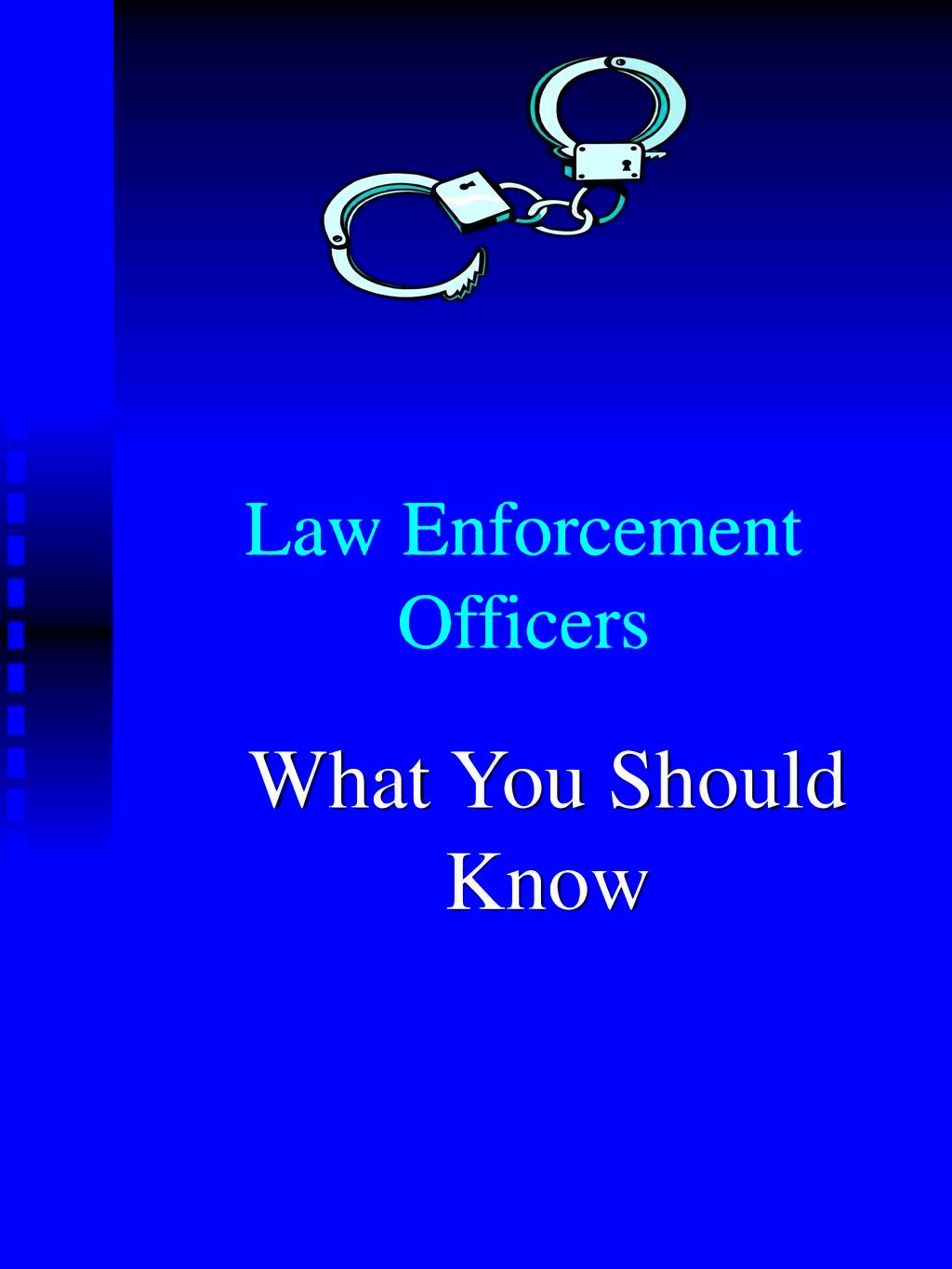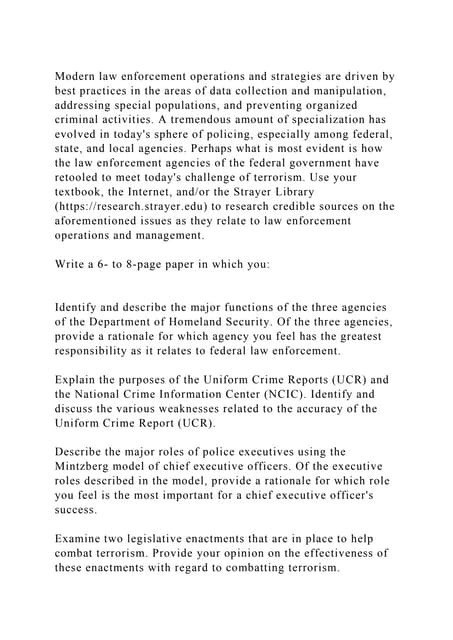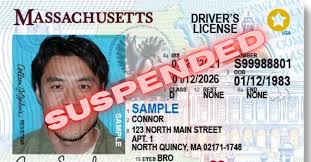Key Case Laws for Law Enforcement Officers
When I consider law enforcement the immediate thought that strikes me is the heavy reliance of officers on quick decision making. These choices aren’t made in isolation; they’re influenced by established laws and court rulings that form the basis of contemporary policing. Case law goes beyond being mere legal terminology; it weaves its way into every action taken by an officer ensuring that they operate within boundaries while safeguarding the rights of citizens.
Imagine being a police officer on the street, navigating high-pressure situations. Case law becomes your invisible guide, setting boundaries and providing clarity. Without understanding these legal precedents, how would an officer know when they can search someone’s vehicle or the limits of using force? That’s where cases like Miranda v. Arizona and Graham v. Connor come into play. These aren’t just historical cases but real-world scenarios that influence every day on the job.
Miranda v. Arizona: Protecting the Right to Remain Silent

We’ve all heard the line, “You have the right to remain silent,” but have you ever thought about where that comes from? This powerful protection comes from Miranda v. Arizona, a landmark case that forever changed how police handle interrogations. Before this, people didn’t always know their rights. They could be questioned without realizing they had the option to stay silent or get a lawyer.
The case revolved around Ernesto Miranda who was apprehended for kidnapping and sexual assault without being informed of his rights. His confession was eventually deemed inadmissible and the Supreme Court decided that individuals must be notified of their rights prior to any questioning. Picture yourself in Miranda’s situation arrested bewildered and lacking legal counsel. His case now serves as a safeguard to prevent anyone from enduring such an experience.
This case serves as a reminder for law enforcement to uphold rights whenever they make an arrest. A misstep in this regard could lead to a suspect being released even if they are guilty. Striking that balance between safeguarding individual rights and fulfilling their duties is a challenge.
Terry v. Ohio: Stop and Frisk Procedures
When I think of Terry v. Ohio, it brings to mind that grey area where safety and personal freedom meet. This case addressed the practice of stop and frisk, giving officers the ability to stop someone based on “reasonable suspicion” that they may be involved in criminal activity. But this isn’t just about giving cops more power; it’s about making sure they don’t overstep while trying to keep communities safe.
In this case an officer observed the behavior of three men and decided to intervene discovering weapons during the search. The Supreme Court ruled that law enforcement could detain and pat down people if they had reasonable grounds to suspect wrongdoing without requiring solid evidence. Just think about the weight of making such a decision—stopping someone due to an instinct but having to explain it later, in a courtroom.
This ruling gives police a tool to prevent crimes before they happen, but it also comes with great responsibility. Officers have to be careful not to misuse this power or violate someone’s rights. For law enforcement, Terry v. Ohio serves as a guide on how to balance safety concerns with respecting civil liberties.
Graham v. Connor: Use of Force Standards
Use of force is one of the most difficult decisions a police officer can make. I often wonder what it must be like to face a situation where lives are at stake, and you have just seconds to decide how to act. That’s where Graham v. Connor comes in, a case that shapes the way police assess the use of force. It’s not just about what happened, but what the officer reasonably believed in that very moment.
Picture yourself as a cop in a situation like this. You’re not a machine, but a person confronted with choices in an instant. The Court highlighted that the evaluation of an officers conduct should be based on their knowledge at that moment. While this standard offers protection to officers it also establishes an expectation. The emphasis lies on the information officers had access to at the time rather than what comes to light afterwards.
For law enforcement, Graham v. Connor is a compass that guides them on using force in a way that’s justified, yet mindful of their own limitations in fast-moving situations. It’s a tough balance, but it’s necessary for accountability and justice.
Tennessee v. Garner: Deadly Force and Fleeing Suspects
Deadly force is a heavy phrase. It brings to mind not just the finality of death but the deep moral and legal responsibilities that come with it. Tennessee v. Garner is the case that shaped the use of deadly force when a suspect is fleeing. The question isn’t just whether the person is escaping but whether they pose an imminent threat to others.
The story starts with the police shooting a teenager named Edward Garner while he attempted to escape by climbing a fence. Since he was not carrying any weapons his death prompted a Supreme Court decision stating that officers can only resort to force against fleeing suspects if they pose a significant threat. Just think about the burden officers have to bear in weighing the need to stop a suspect from getting away with the duty to avoid using deadly force without cause.
This decision doesn’t imply that law enforcement cannot resort to lethal force. Rather it emphasizes the need for them to ascertain whether the threat posed by a suspect is significant enough to warrant such action. The case underscored the significance of taking into account not only the circumstances but also the potential dangers the suspect could present to others if given the opportunity to flee.
For law enforcement, Tennessee v. Garner serves as a reminder of the immense power they hold and the careful deliberation required when using deadly force. It’s not an easy call, but it’s a necessary one to ensure justice is served without unnecessary loss of life.
Riley v. California: Search and Seizure of Mobile Phones
When was the last time you were without your mobile phone? For most of us, our phones hold everything—our messages, photos, even our deepest secrets. Riley v. California is a case that acknowledged how personal and sensitive this device is, even when you’re under arrest.
In this situation David Riley was taken into custody and the authorities conducted a search of his phone without obtaining a warrant uncovering evidence against him. The Supreme Court decided that law enforcement needs to secure a warrant prior to rummaging through a suspects mobile device. Consider this; our phones are like an extension of ourselves. Shouldnt they be granted the same level of protection as our residences or private documents?
What stands out to me in this situation is how it sheds light on the evolving concept of privacy in todays world. A phone is more than just a device; it serves as a diary, a collection of pictures and a personal assistant all in one. This case has impacted the way authorities approach technology use during arrests by prioritizing the protection of citizens privacy even when pursuing justice.
Law enforcement officers must now navigate a world where technology plays an integral part in people’s lives. Riley v. California ensures that personal privacy is respected, requiring officers to pause and get legal authorization before accessing such intimate details from someone’s phone.
Arizona v. Gant: Vehicle Searches After Arrest
When it comes to the topic of vehicle searches, I can’t help but think about the fine line officers must walk between ensuring public safety and respecting individual privacy. Arizona v. Gant is a case that addressed just that, offering clarity on when police can search a vehicle after arresting the driver. The ruling brought much-needed limits to a practice that was previously quite broad.
This situation arose when Rodney Gant was taken into custody for operating a vehicle with a license. Once he was handcuffed and placed in a patrol car the police conducted a search of his car and discovered drugs. However here’s the twist Gant was already in custody, away from the vehicle. The Supreme Court decided that officers can only search a car without a warrant if the person being arrested is within distance of the vehicle or if there is a likelihood that the car holds evidence related to the reason for the arrest.
Think about it: You’re already sitting in a police car, and then the officers start searching your vehicle for no apparent reason. That’s where Arizona v. Gant comes in, setting boundaries so that vehicle searches don’t become a blanket practice. Officers must now pause and consider whether they really have a valid reason for the search.
This decision is important for the police. It makes sure that as they carry out their duties they don’t violate peoples rights. It’s about finding a balance between keeping the public safe and respecting individual privacy.
FAQs About Key Case Laws for Police Officers
Why is it important for police officers to know about these case laws?
These decisions influence the way officers carry out their responsibilities. Being aware of them is crucial to avoid any breaches of the law that could result in a case being thrown out or, even more concerning, infringe upon an individuals rights.
What happens if an officer violates case law during an arrest?
Failure to adhere to case law could lead to the dismissal of gathered evidence and potential legal repercussions for the officer involved. Its crucial for law enforcement personnel to operate within these predetermined legal limits.
Can these laws change over time?
Absolutely, case law has the ability to change over time with fresh decisions. This is why it’s crucial for law enforcement personnel to keep themselves informed about legal updates that impact their responsibilities.
Do these cases apply to all states?
Absolutely, these decisions by the U.S. Supreme Court hold true across the country. Nonetheless, certain states may introduce extra regulations or interpretations that provide even greater safeguards.
Conclusion
Looking back on these legal cases, I can’t help but notice their profound impact on the essence of law enforcement. Police officers face the challenge of balancing public safety with upholding individual rights and it’s no small feat. However these judgments go beyond being mere legal precedents; they serve as valuable references for treating people with fairness in every situation.
As I delve deeper into these cases it becomes increasingly evident that legal knowledge is not merely a luxury for law enforcement personnel but rather an essential requirement. These legal precedents are not intended to complicate matters but rather to ensure that things are carried out correctly. And that’s a sentiment we can all support wholeheartedly.


